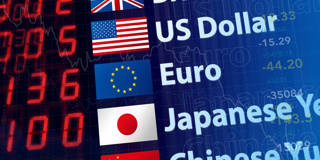Almost immediately after the COVID-19 outbreak began in the US, the Federal Reserve began pumping dollars into the economy. As the aftermath of the 2008 global financial crisis showed, this will leave many central banks with little choice but to pursue their own monetary expansion.
NEW HAVEN – As the COVID-19 pandemic drives the global economy into recession, the temptation to pursue aggressive monetary easing is growing. Already, the US Federal Reserve has pushed interest rates near zero and committed to pump trillions of dollars into the economy. The European Central Bank has also ramped up bond purchases, though Germany’s constitutional court is mounting some resistance. Like the easing that followed the 2008 financial crisis, such policies will reverberate worldwide via exchange-rate fluctuations.

NEW HAVEN – As the COVID-19 pandemic drives the global economy into recession, the temptation to pursue aggressive monetary easing is growing. Already, the US Federal Reserve has pushed interest rates near zero and committed to pump trillions of dollars into the economy. The European Central Bank has also ramped up bond purchases, though Germany’s constitutional court is mounting some resistance. Like the easing that followed the 2008 financial crisis, such policies will reverberate worldwide via exchange-rate fluctuations.